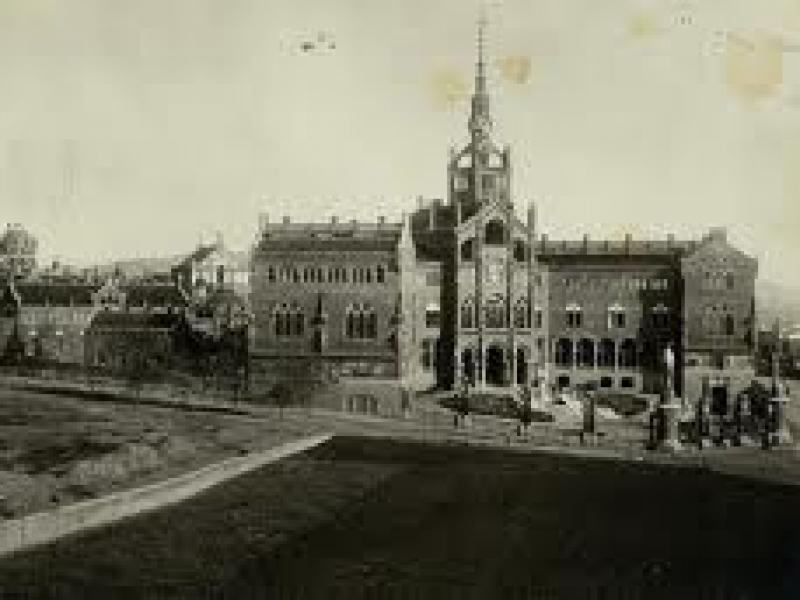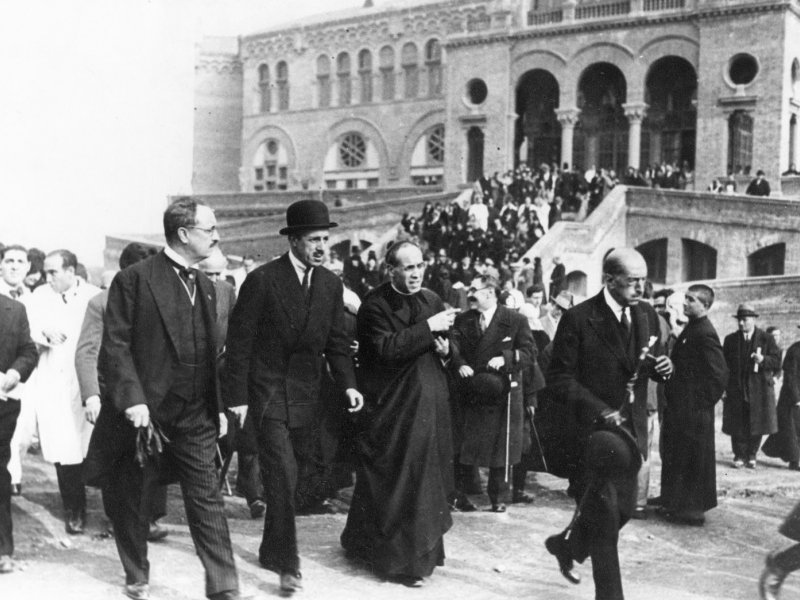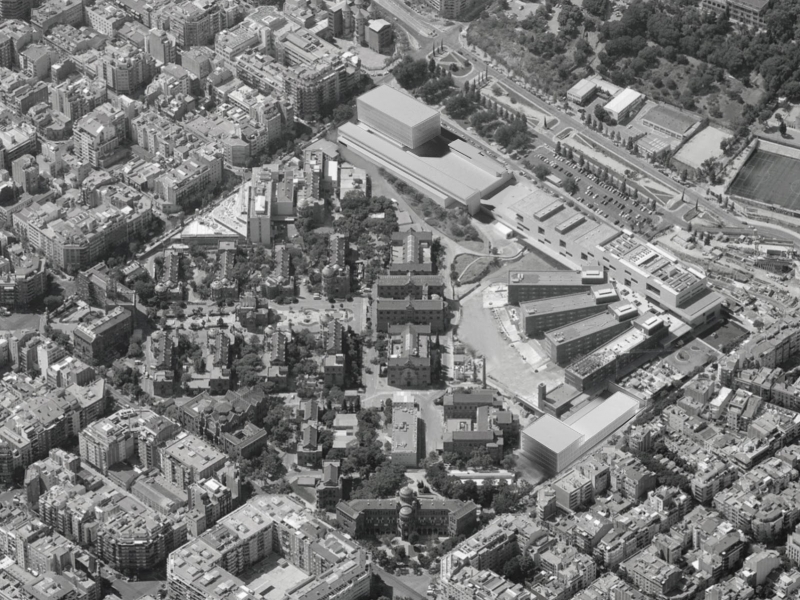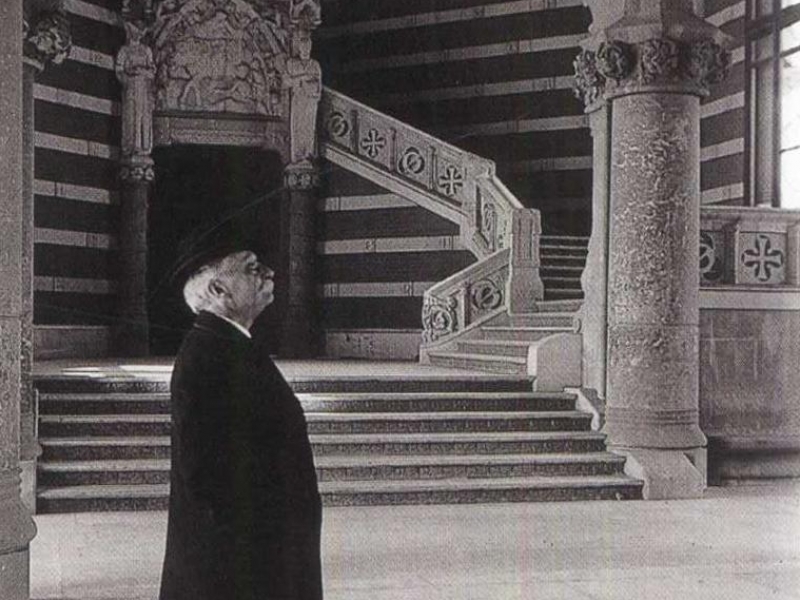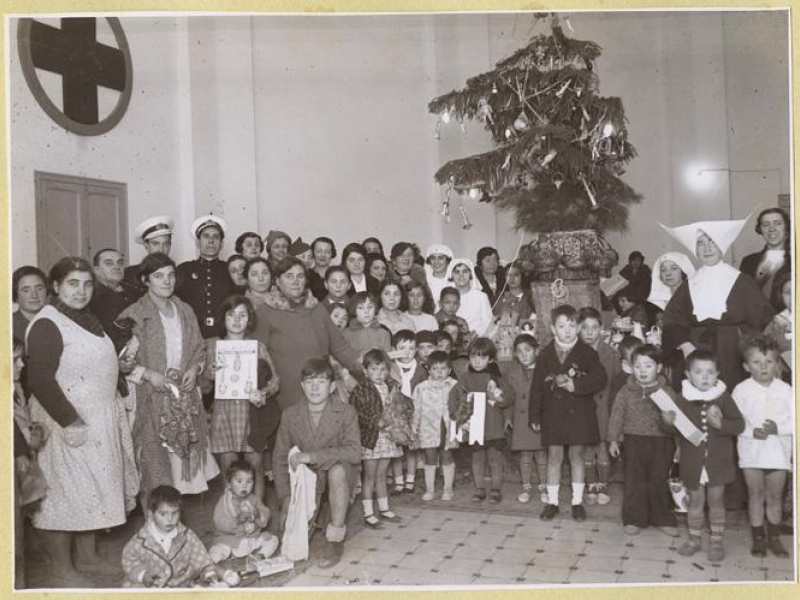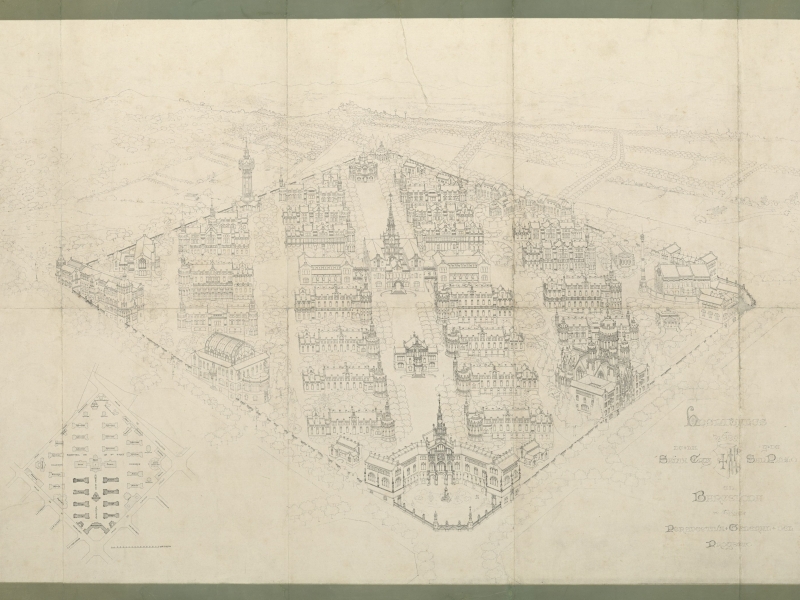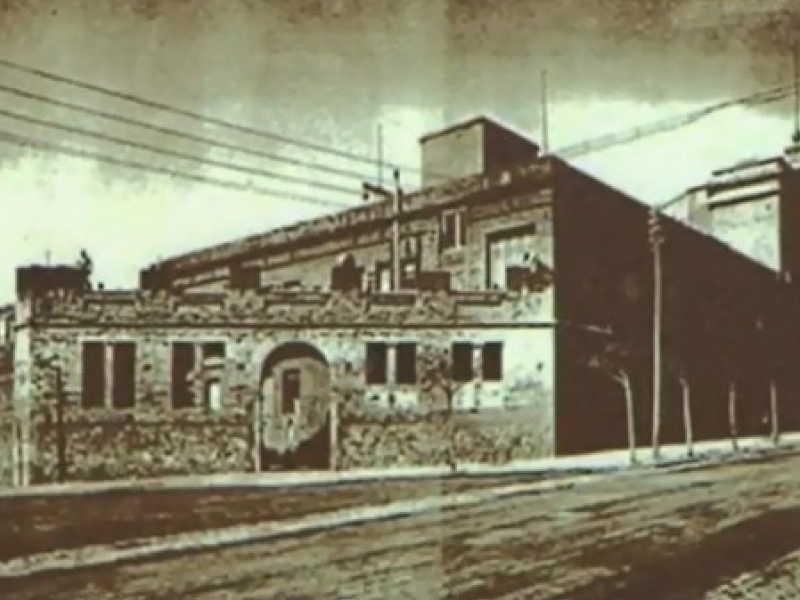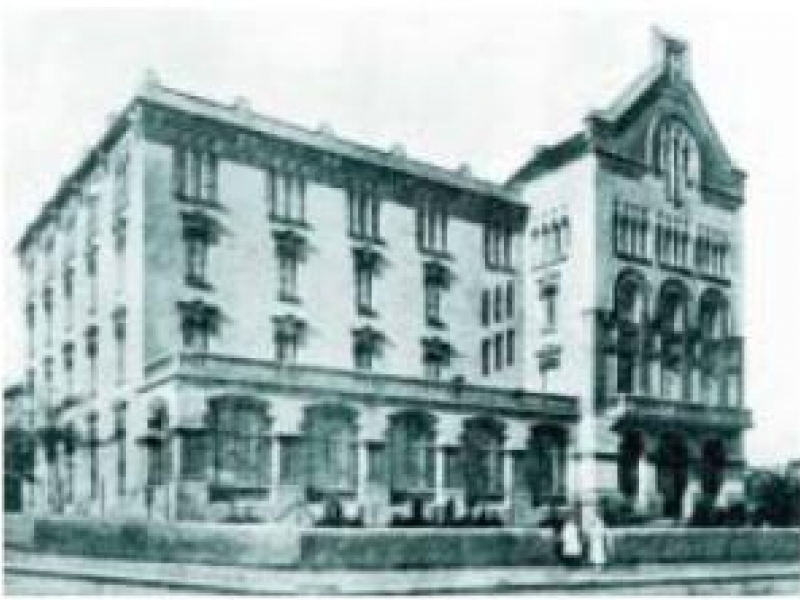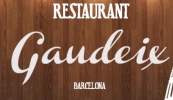A place full of factories, hospitals, and workers
Thanks to the drive of the temple and the Hospital of Sant Pau constructions, "El Poblet" was slowly filled with art and crafts shops and grocery stores. Also, workers came to live in the quarter attracted by economic houses that were constructed for the occasion of the Universal Exhibition of 1929.
However, a significant date for the history of "El Poblet" is the June 21th, 1901, when an electric tram route was launched from Plaça de Urquinaona, in the downtown, with the still independent Horta village.
During the 20th century, the Sagrada Familia neighbourhood attracted the attention of various industrialists who decided to locate here their factories and hospitals, such as Dos de Maig, Sant Pau and l’Aliança. The price of the land was affordable and the place was well connected thanks to the tram. There were also emblematic companies such as the main brewery in Barcelona, Damm, and a new perfume factory called Myrurgia. Including some of the major multinationals like General Motors, Panasonic, Polyglass, Henkel and Herder, among others, settled in our neighbourhood.
Paradigmatic was the end of this period, when in the sixties the great fire of the Panasonic forced to evacuate the neighbourhood due to the health effects that could cause the combustion of plastics. Years earlier, Myrurgia factory had also been the victim of another big fire. It was obvious then that these factories had to leave the neighbourhood to find another place. Carrer de Indústria is today a good testimony of how was the neighbourhood a few decades ago.
The working class character of the neighbourhood made to be occupied with cultural centres, cooperatives and left-wing parties. After the Civil War, there was a second migratory pressure; a huge number of workers arrived to work in the new factories that were settled down in the quarter during those years.
The progressive growth of Barcelona, after the Civil War, led the Sagrada Família neighbourhood to move from the outskirts of the city to be the city centre.
A set of circumstances, such as the good location and the excellent connection with public transport, attracted the most important constructors of the country, who built a number of enormous buildings, without much aesthetic taste. But in the end these buildings are part of the current picture of Sagrada Família neighbourhood.


